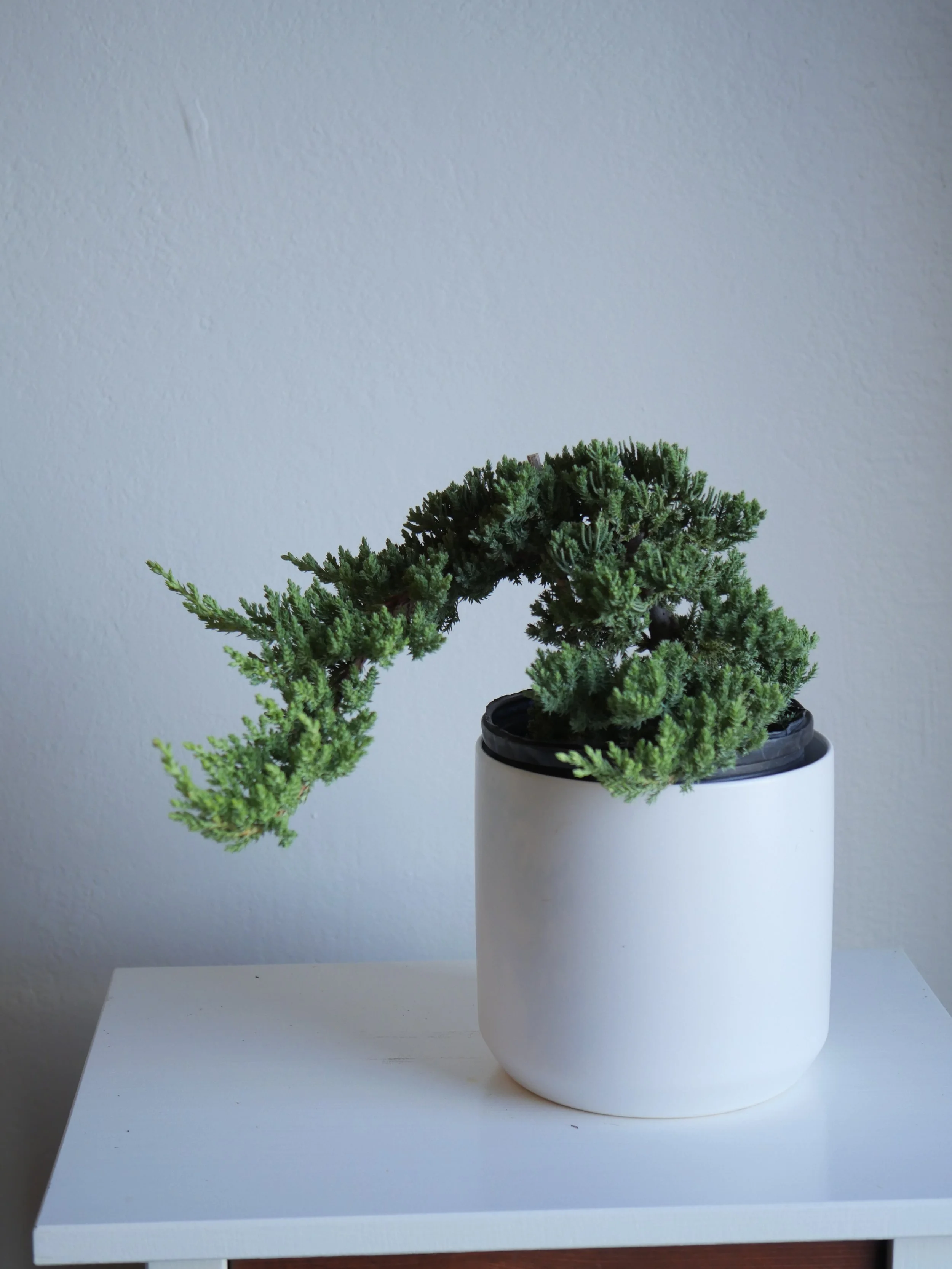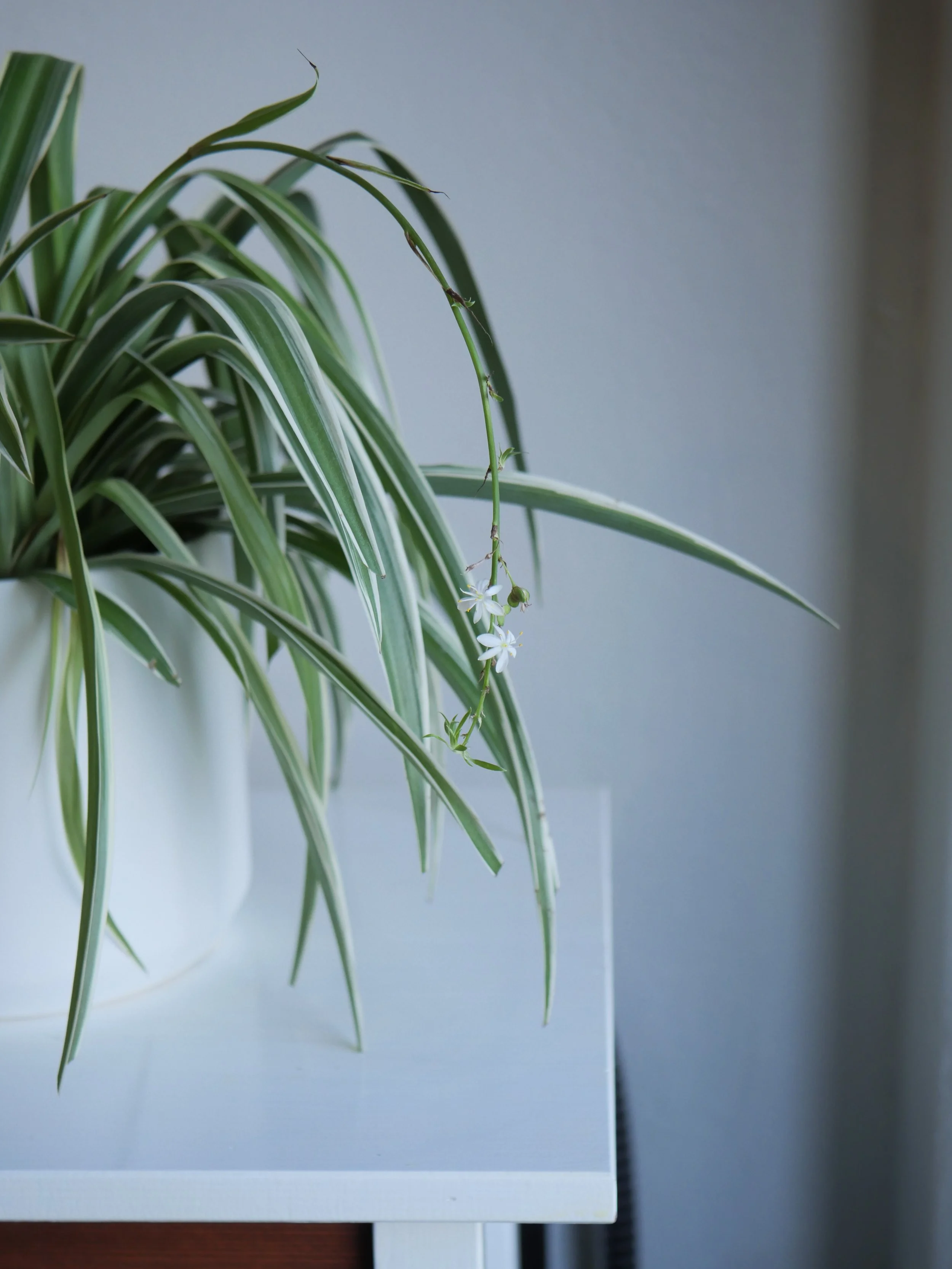Plant Care
Choosing a plant
Whether you’re a new plant owner or experienced indoor gardener, it’s important to choose plants that thrive in your environment and lifestyle. Happy Plants = Happier You.
How much light does your space get? Some plants are happy in low-light conditions, while others crave a ton of direct sunshine. In general, most indoor plants will thrive in bright, indirect sunlight - plants will get sunburn, just like us!
Does your space stay pretty consistent temperature and humidity?
Find a plant that suits your schedule and lifestyle. Are you an experienced gardener and want to try your hand at a higher-maintenance plant that requires more TLC, or would you prefer a low-key leafy friend that’s chill with a little neglect or forgetfulness?
Remember, every plant and environment is a little different. Sometimes it takes a little time to learn where your plant will thrive in your space. Be patient with yourself and with your plant baby.
Check out our plant care tips by type (below) to learn more about what your new plant and it’s preferences.
We are always here to answer any questions you may have or to help you troubleshoot your plant woes. Don’t hesitate to reach out!
Plant Care by type

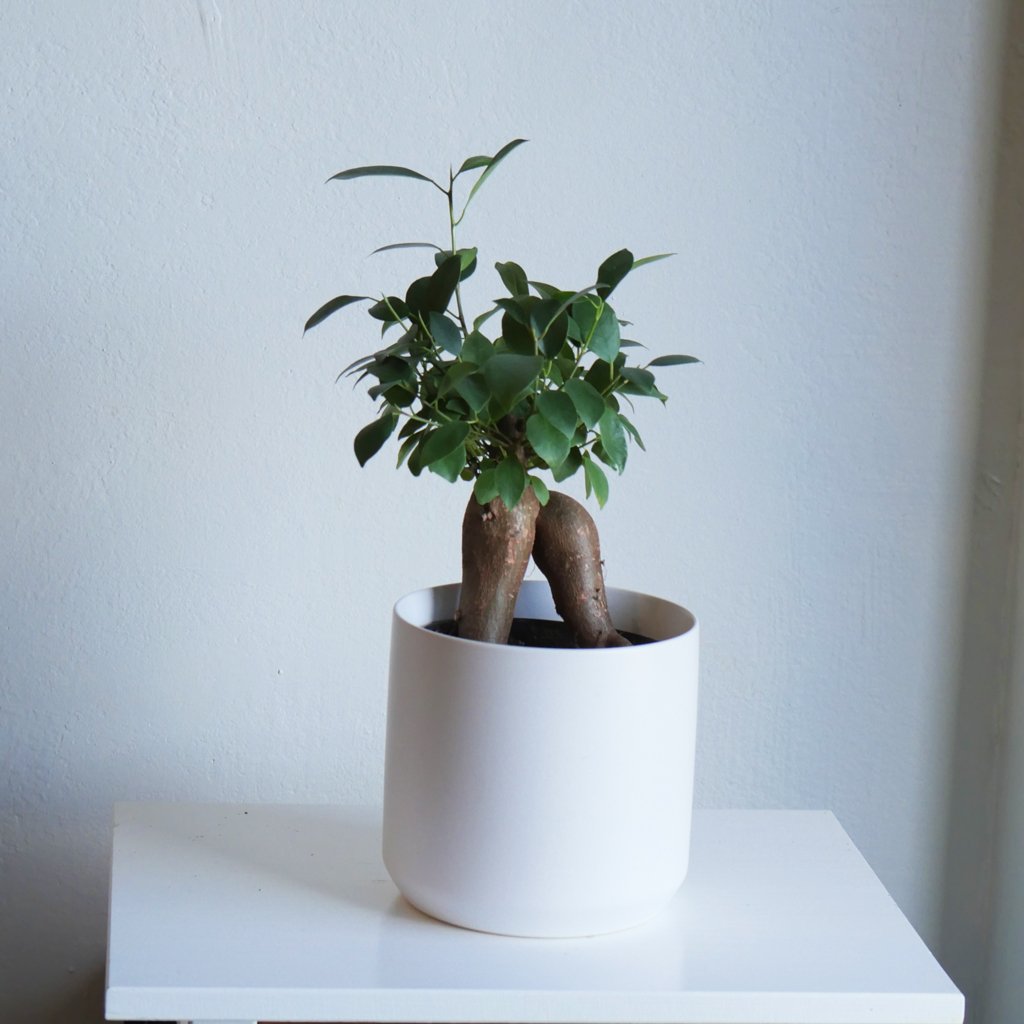








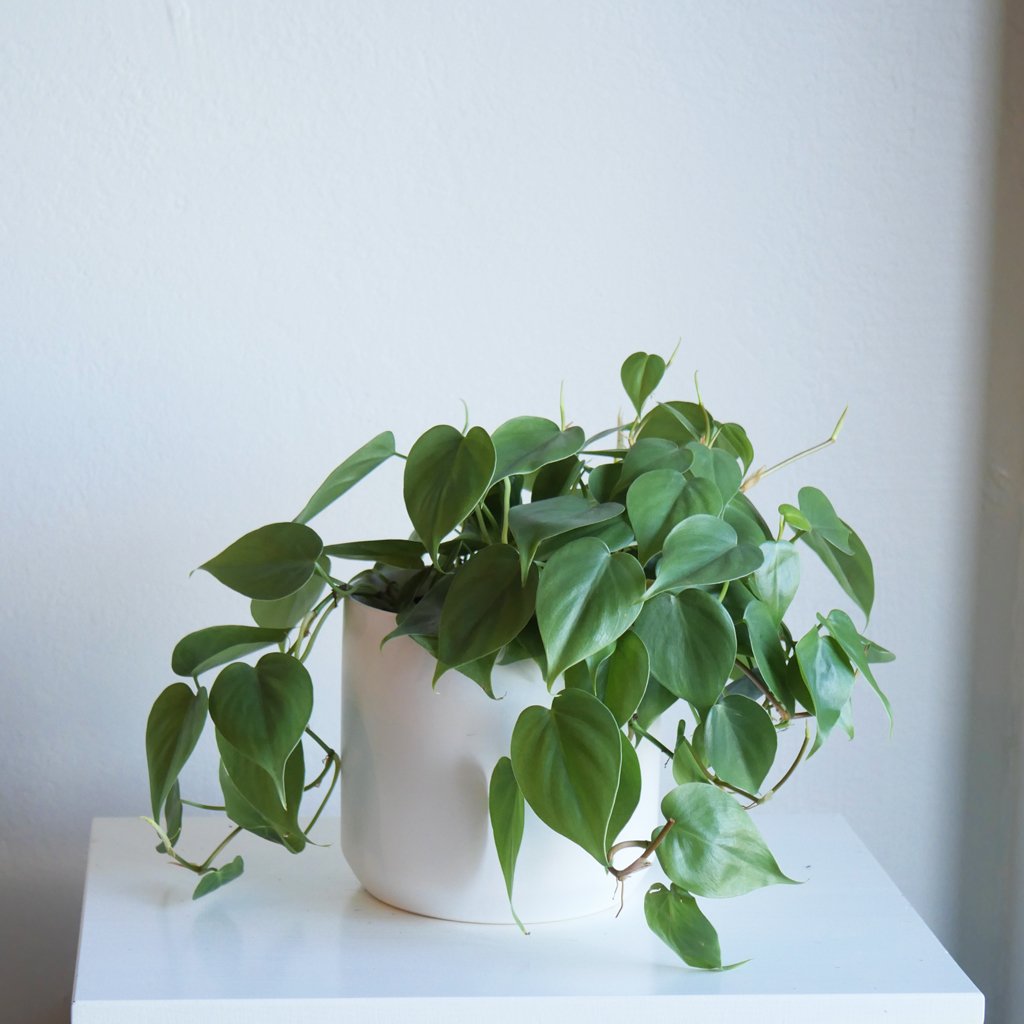

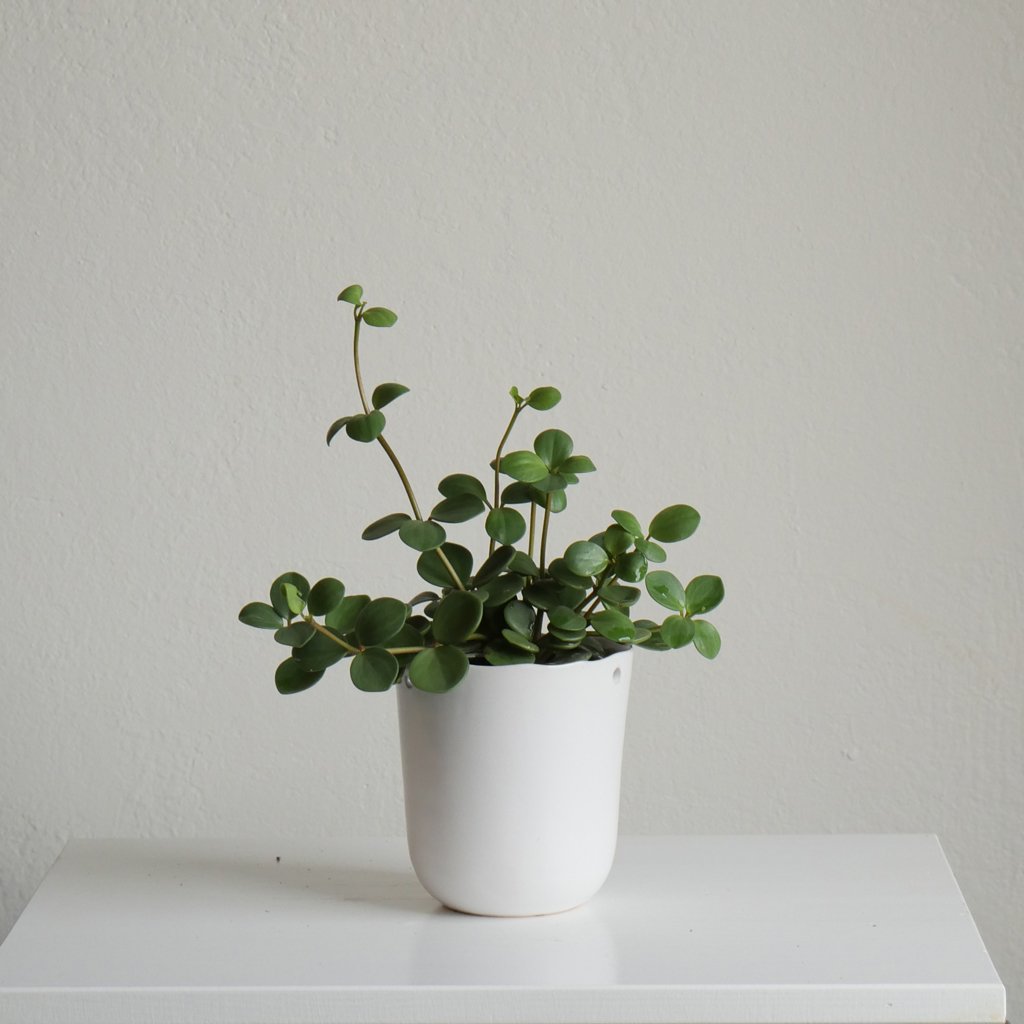
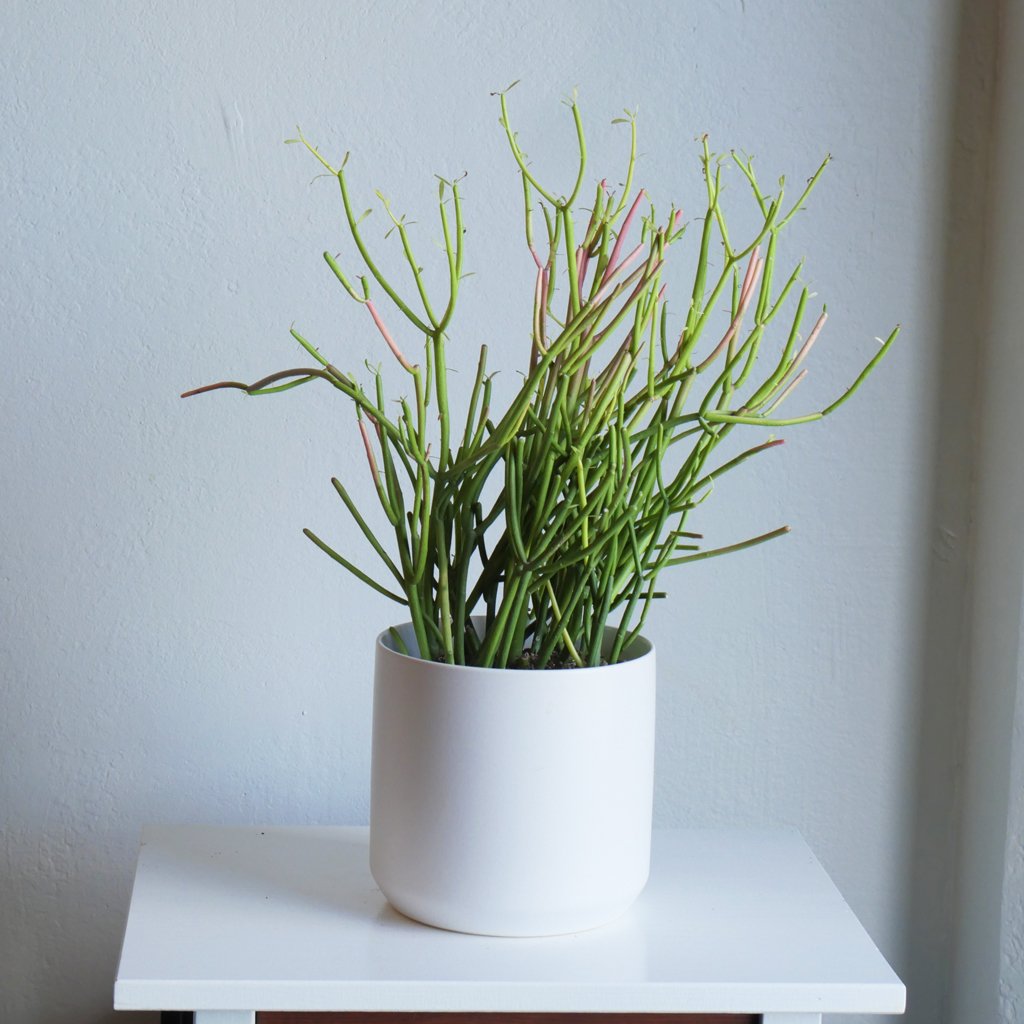



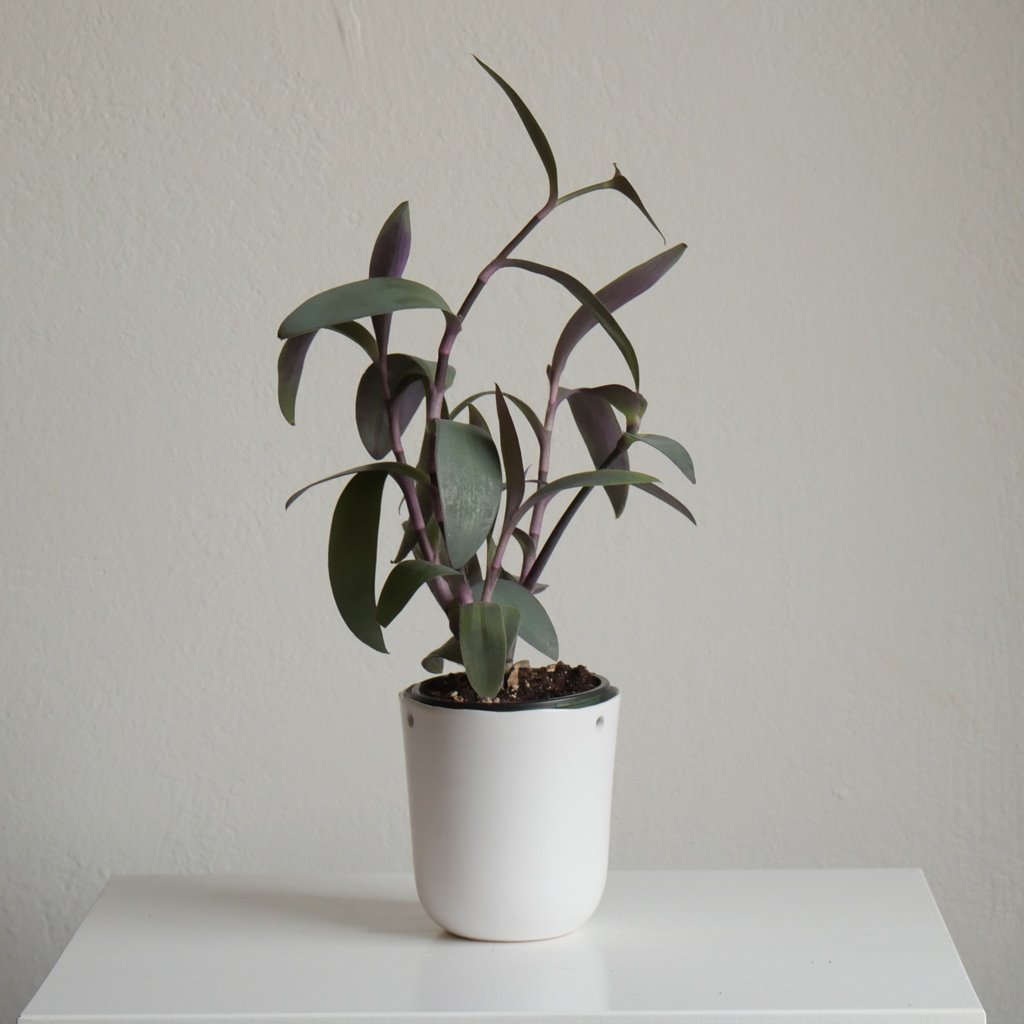
a few notes about indoor gardening in the Pacific Northwest…
We live in a humid environment. Airy, well draining soil is very important to prevent root rot and other mold issues. Most plants will not want to live in standing water.
It gets cold. That means we rely on our indoor heating systems to create a livable, consistent temperature for our plants. You also need a little bit of heat so that your soil doesn’t stay too wet. Forced air heat can dry out your plant’s foliage and do serious damage. Try to keep your plants out of direct line of forced air heating vents. Keeping plants that prefer more humidity clustered together will help keep a more consistent relative humidity.
Terra cotta is your friend. We recommend repotting into terra cotta for most varieties of indoor house plants as they wick moisture out of the soil and help prevent water-logged roots and root rot.
Winter’s here can be especially tricky to find the right balance of heat/humidity. You want your soil to be able to dry out without your foliage getting crispy and damaged. Be patient and remember your plant will bounce back in the spring/summer.
